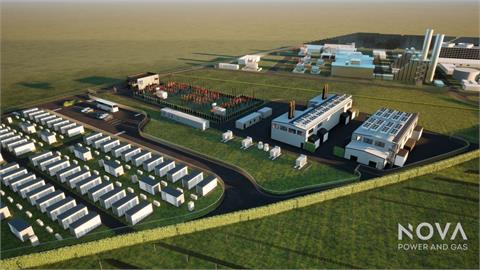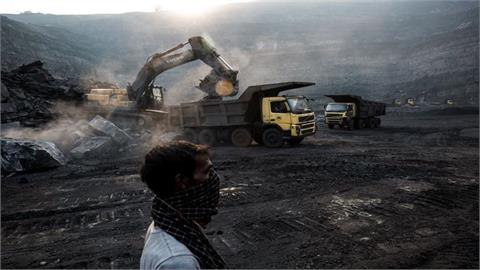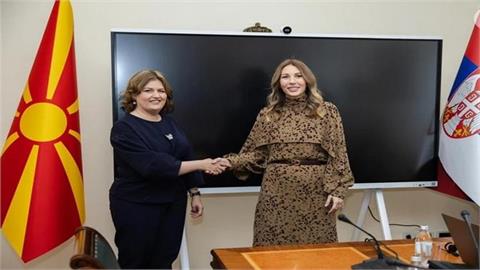by Richard Layard* If clean energy could be produced for less than it costs to dig up and burn an equivalent amount of coal, gas or oil, dirty fuels would stay in the ground and the climate would be saved. Simple enough but who can bring about that crucial cost reduction?
If clean energy could be produced for less than it costs to dig up and burn an equivalent amount of coal, gas or oil, dirty fuels would stay in the ground and the climate would be saved. Simple enough but who can bring about that crucial cost reduction?
So far the task has been left largely to the private sector, helped along by the odd subsidy. But progress in cost reduction has been far too slow. There must also be a role for research and development work by publicly funded institutions.
Almost all the transformational scientific advances of recent decades — the computer, semiconductors, satellite communications, the internet, broadband, genetic sequencing and nuclear power — have been the product of research funded by the government. Because such speculative undertakings involve a high degree of risk, the private sector is not well placed to finance them. Even if it were, it is better that the resulting knowledge should be a public good available to all humanity, not the private possession of whoever first obtained it.
That is the rationale for all government involvement in basic R&D. It applies even in highly competitive industries, such as semiconductors, where attempts to develop new technology from scratch are so expensive and the pay-offs so uncertain that decades ago the world’s top companies went to their governments and asked them to fund the pre-competitive stages of research.
The result was an international public-private consortium involving the governments of the US, Europe and major Asian economies, which identifies the technological hurdles to creating cheaper semiconductors and commissions research to crack these problems.
The fruits of this research are publicly available, and they explain, in large part, the astonishing fall in semiconductor prices. Fifty years after Gordon Moore made his observation about the improvement in microprocessors, the price of computing power continues to halve roughly every two years.
The idea that progress will continue at this extraordinary pace is sometimes called Moore’s law, as if that were a cosmic certainty on a par with Newton’s laws of motion. In fact, such progress is the result of choices that human beings have made. In the case of renewable energy, we need to make similar choices to cut its cost at speed.
There are basic problems crying out to be solved, such as how to store electricity: for the grid, for buildings and for the moving vehicle. The need for new technology is urgent. Just as the second world war produced the Manhattan project, and the cold war led America to shoot for the moon, today we need another Apollo project — an international one, with the aim of keeping earth safe for humanity.
There is once again a common threat: it threatens all major countries with a rising sea level and millions of displaced people on the move. It is too big for any one country to solve alone.
Only if every nation contributes, expecting to gain from the parallel contributions of others, can progress be made. We need to more than double the measly $6bn that governments spend on research on renewables, electricity storage and transmission.
But we also need what the Apollo programme had: a target that lends the project excitement, prestige and energy. That is why the Global Apollo Project, which I and others have proposed, aims to cut within 10 years the cost of clean electricity to below that of electricity from coal.
Making this happen would take the participation of 12 or so of the largest economies, including the US, the EU, China and India. Businesspeople as well as leading scientists would oversee the consortium’s progress. Each country would pay for its own research efforts but all results would be made publicly available (even if protected by patents).
The world spends $100bn subsidising the private production of renewables using the inadequate technologies that are now available. We can surely spend $15bn on transformational research and development — to be followed, of course, by private sector efforts to apply the results. This should be high on the agenda for the climate change meeting in Paris beginning on November 30. There are signs that extra money is being considered. But this must be aimed at a well-defined target, with proper co-ordination.
This is the opposite of hair shirt economics. Cheaper energy will increase world output, not reduce it. But time is short. The outlook for emissions is dire. Only focused R&D can give us cheap, clean energy in time to avert catastrophe.
*The writer is director of the Wellbeing programme at the London School of
Economics Centre for Economic Performance
(Financial Times)




